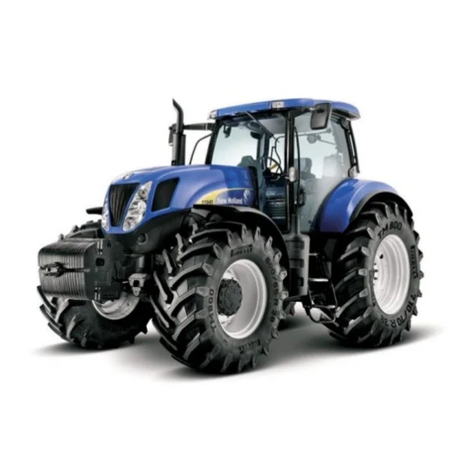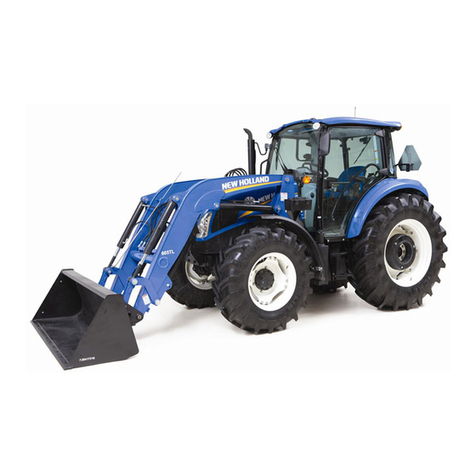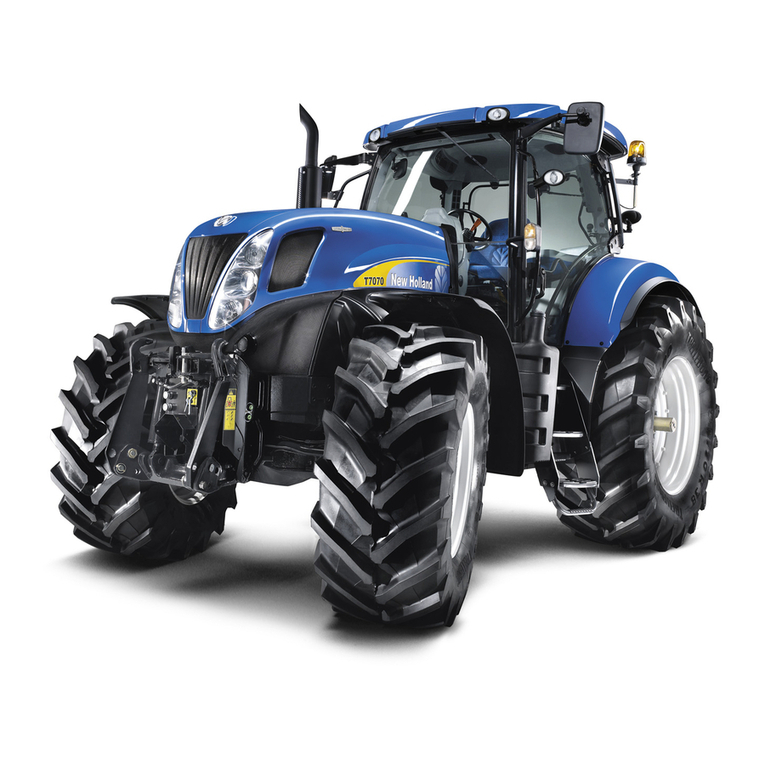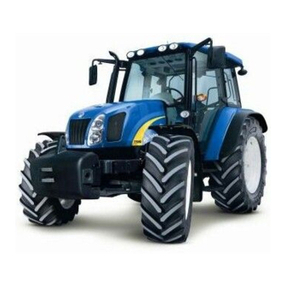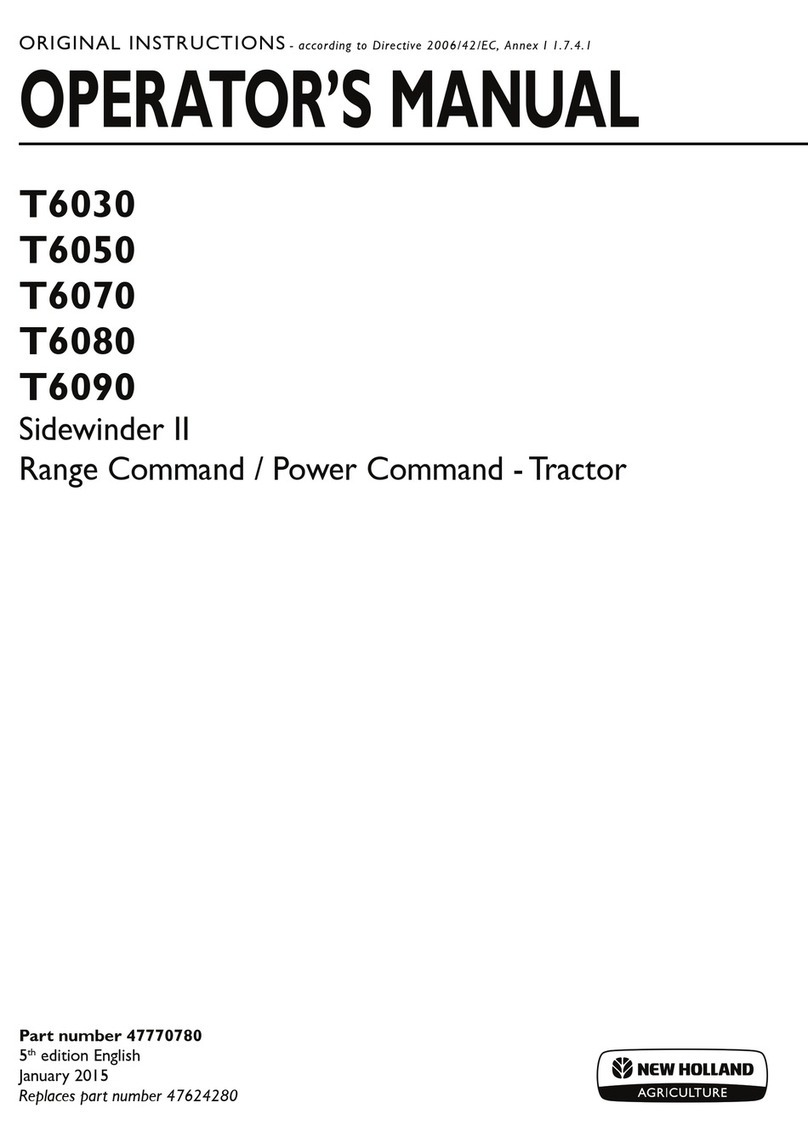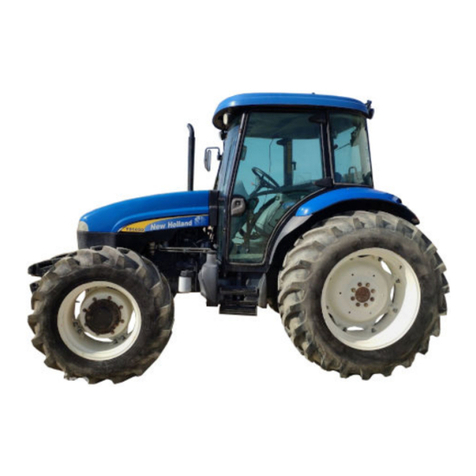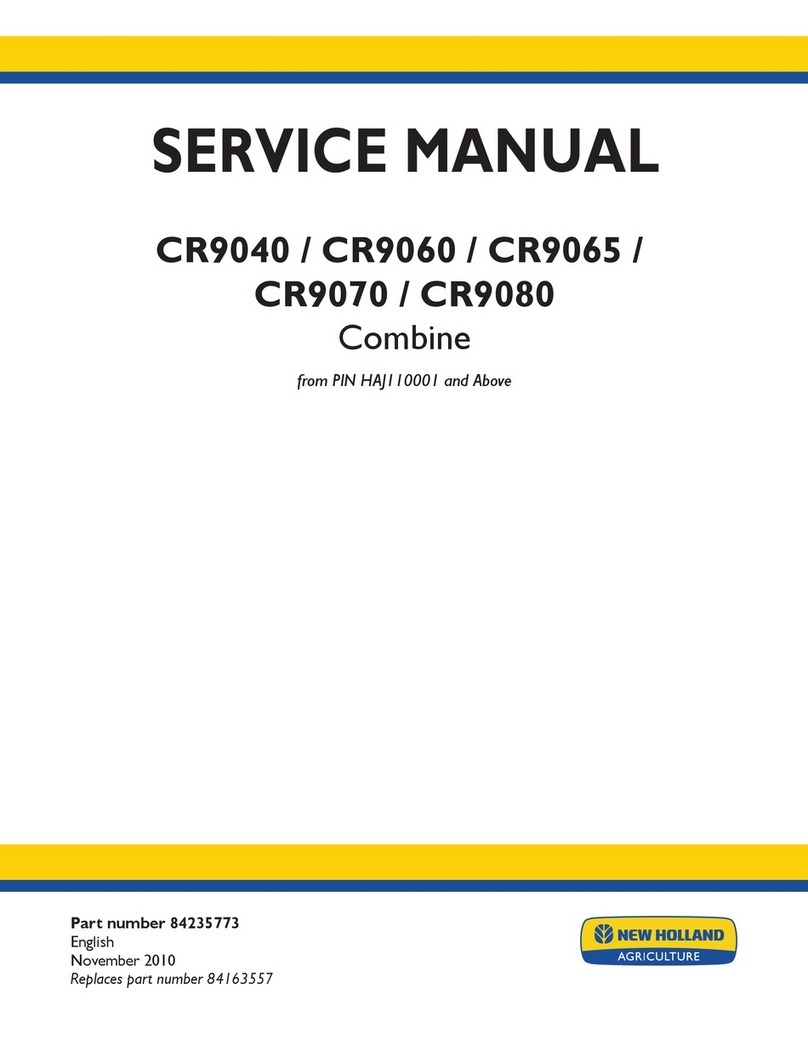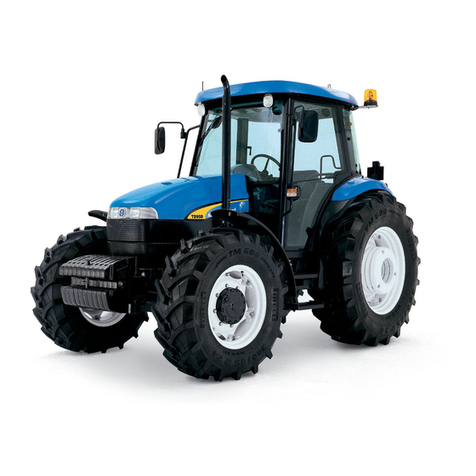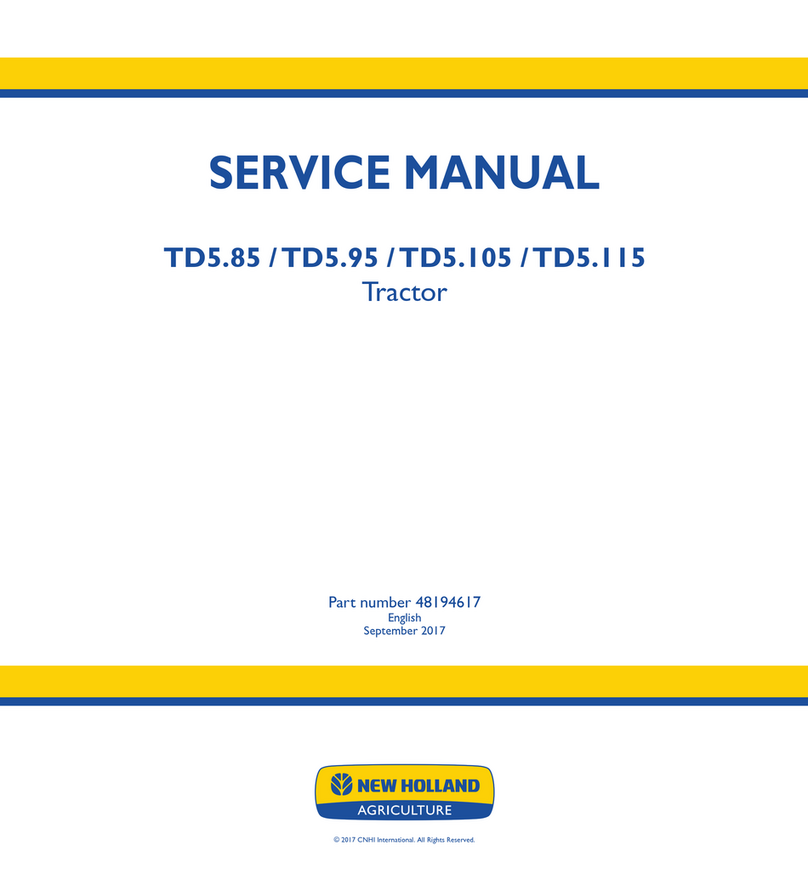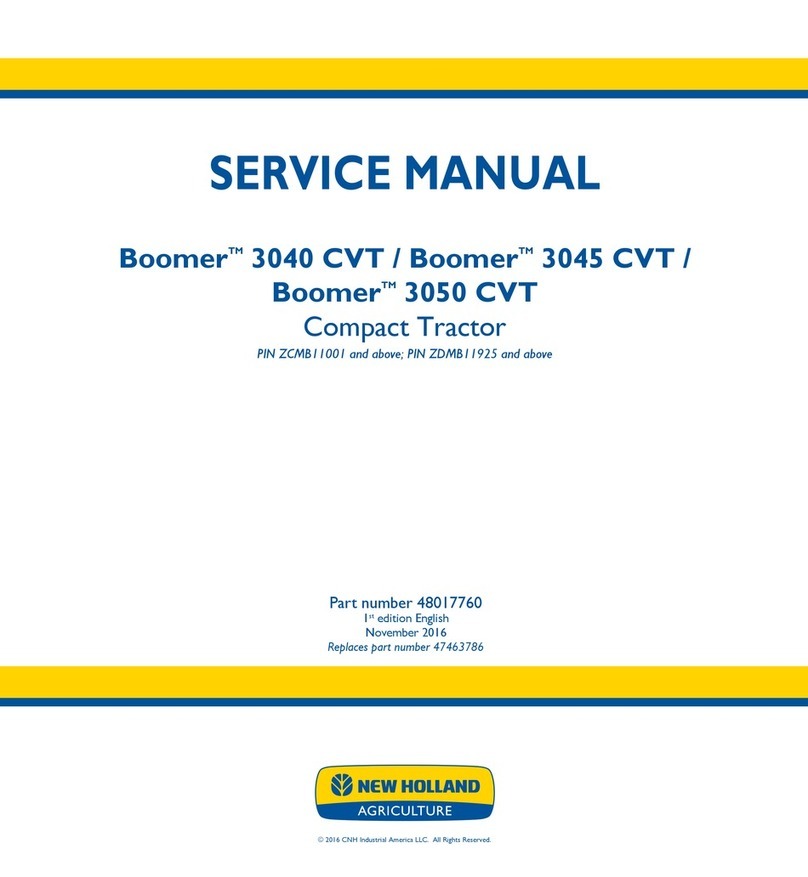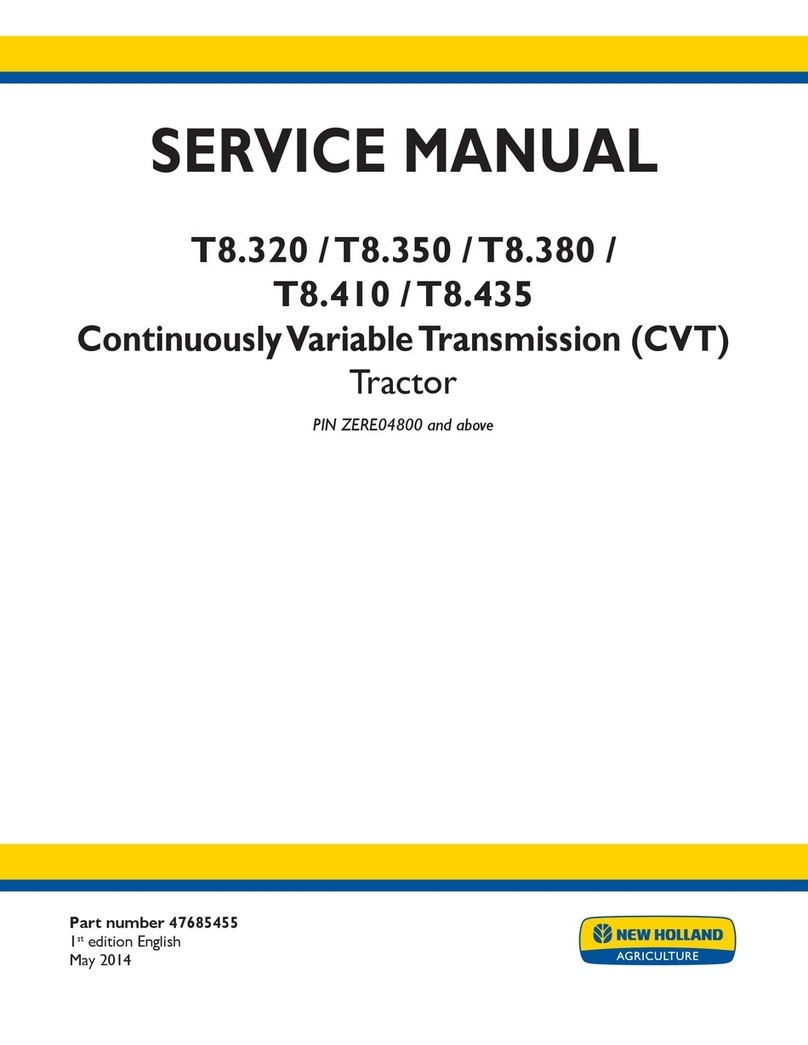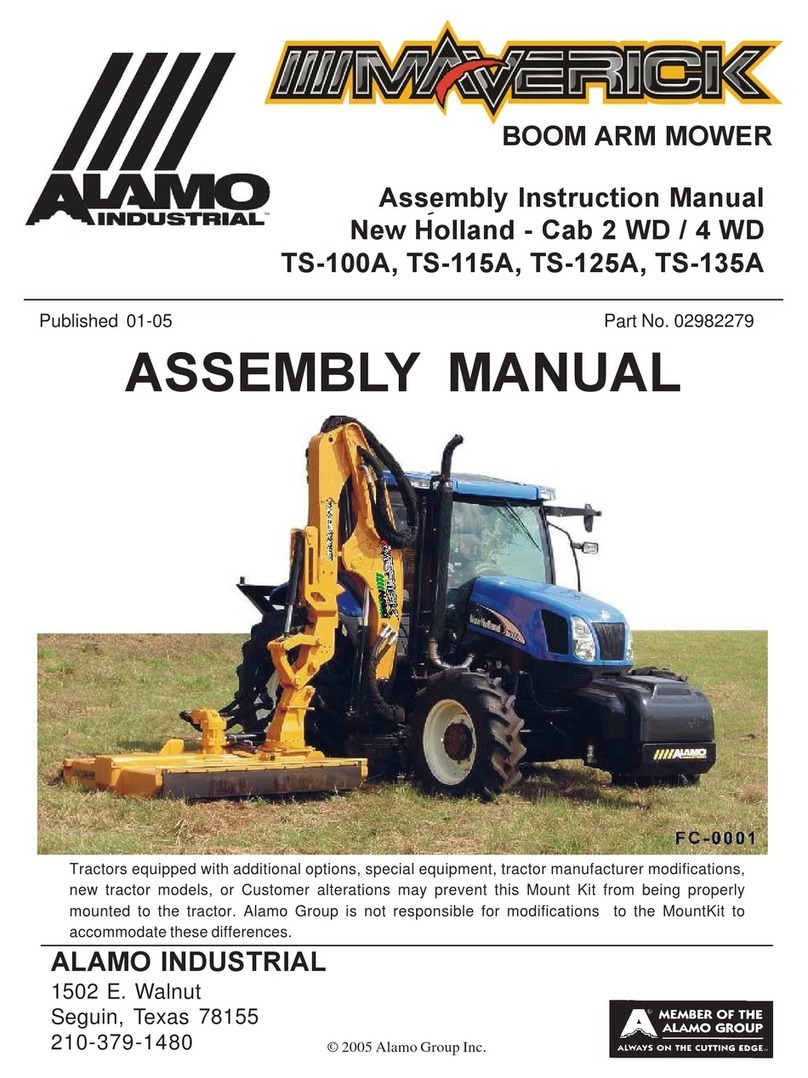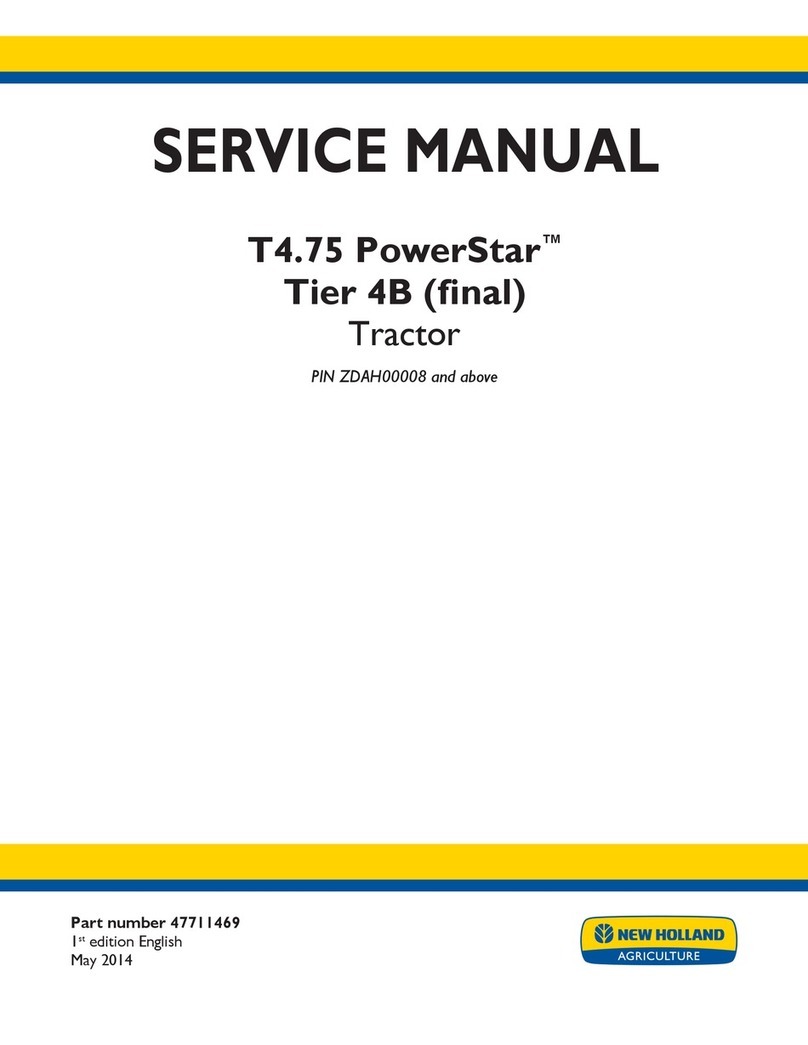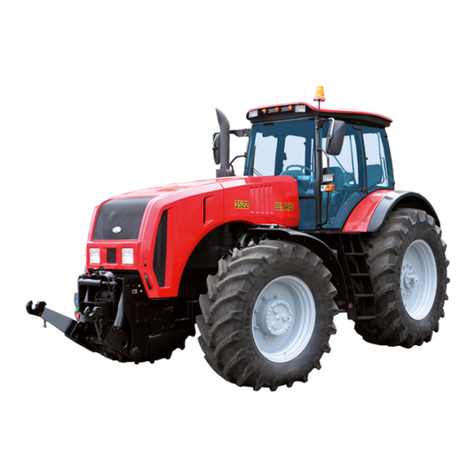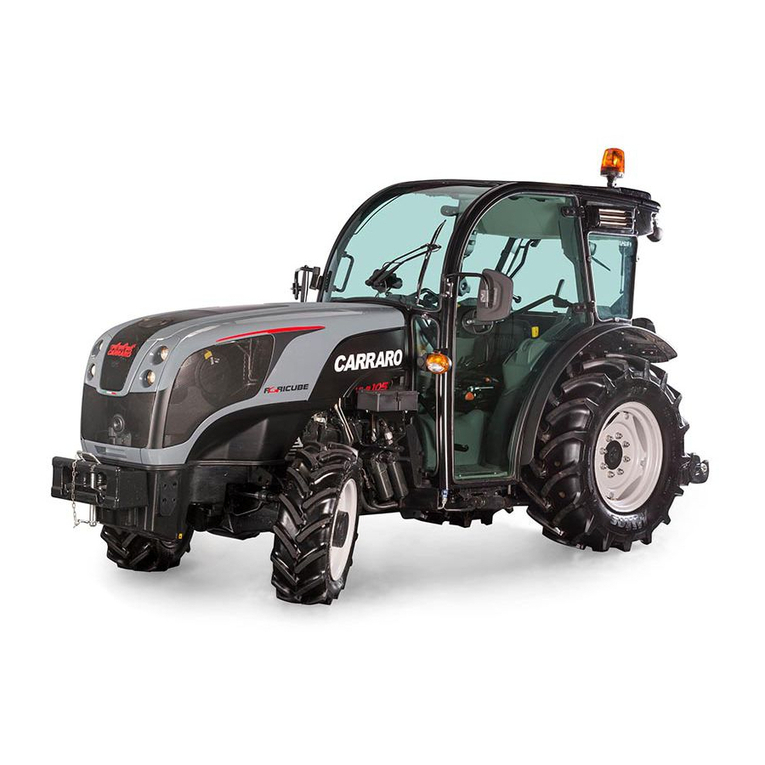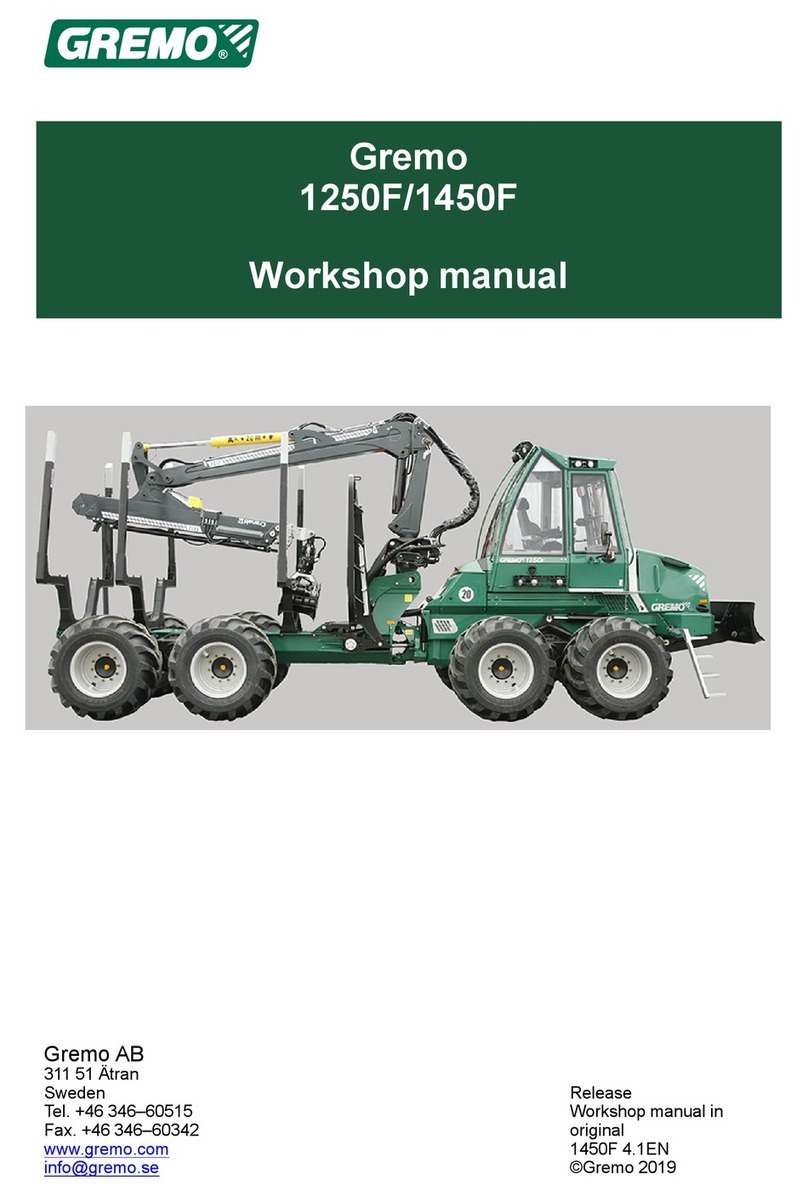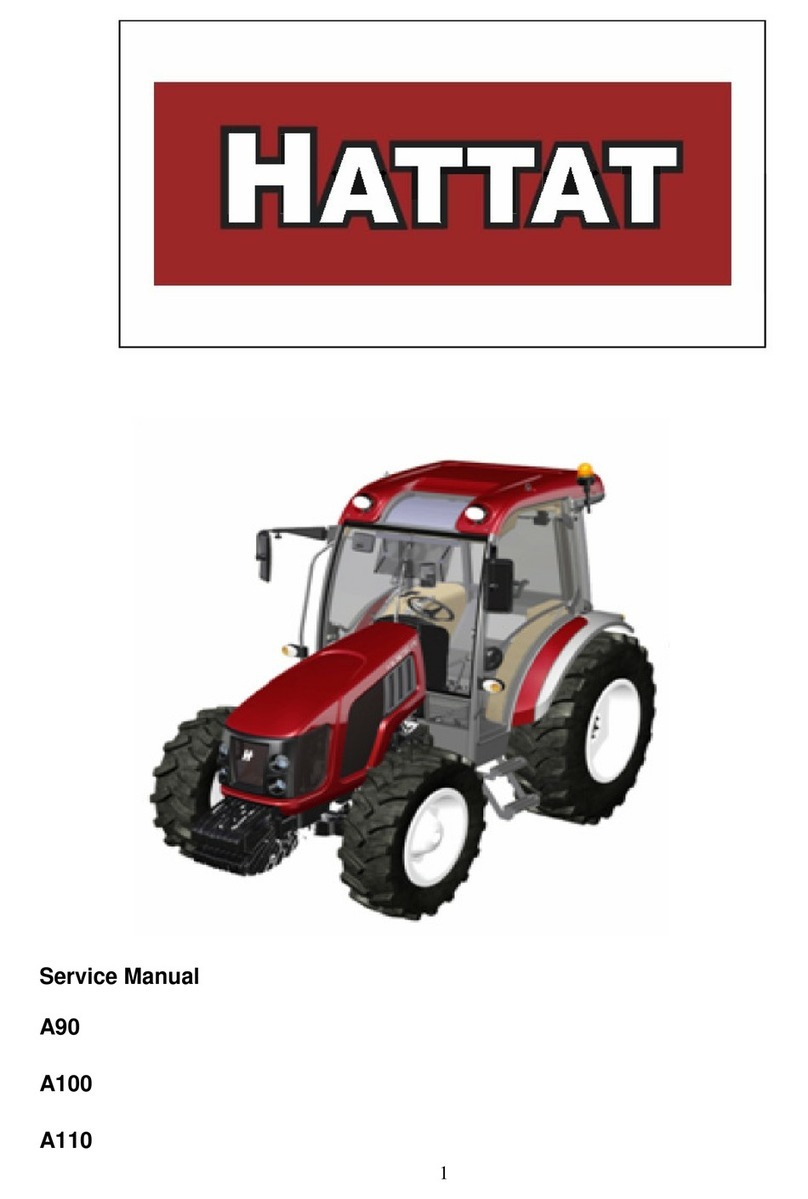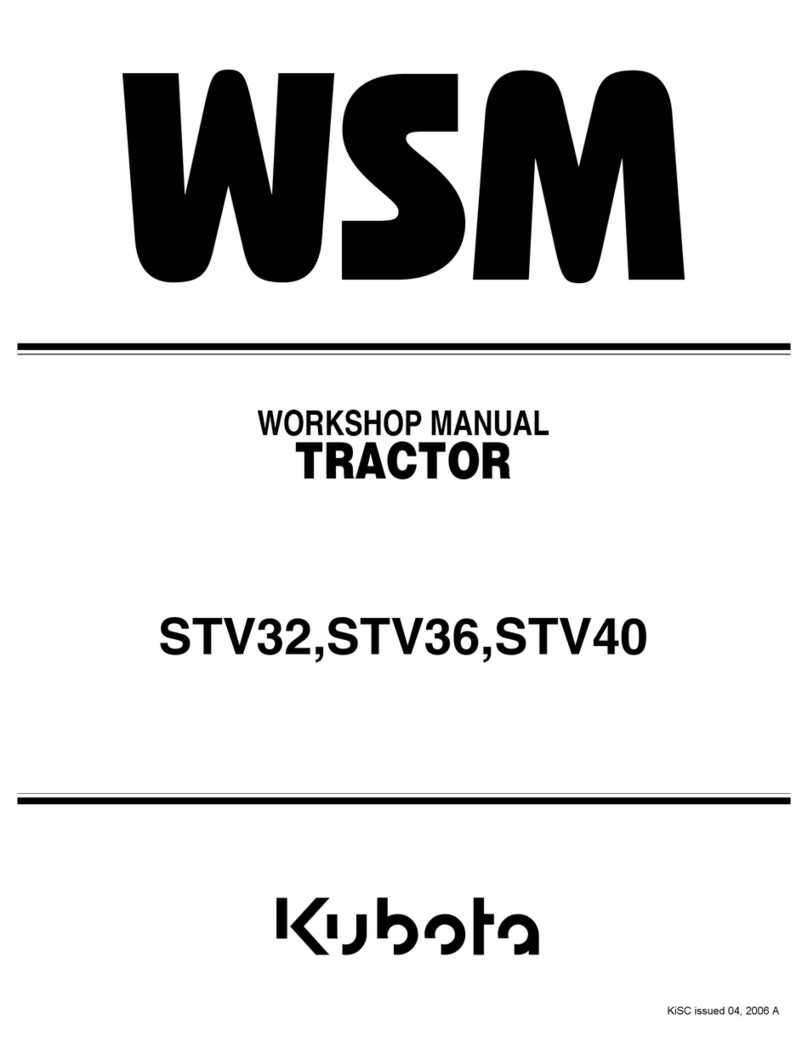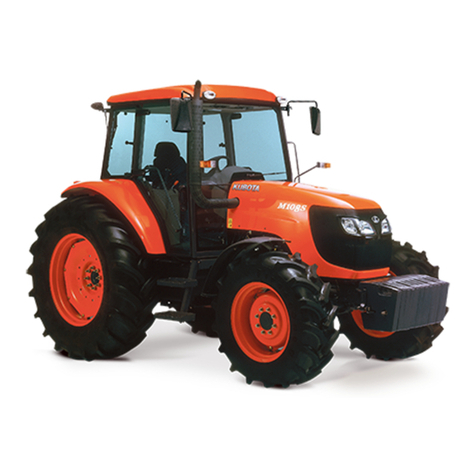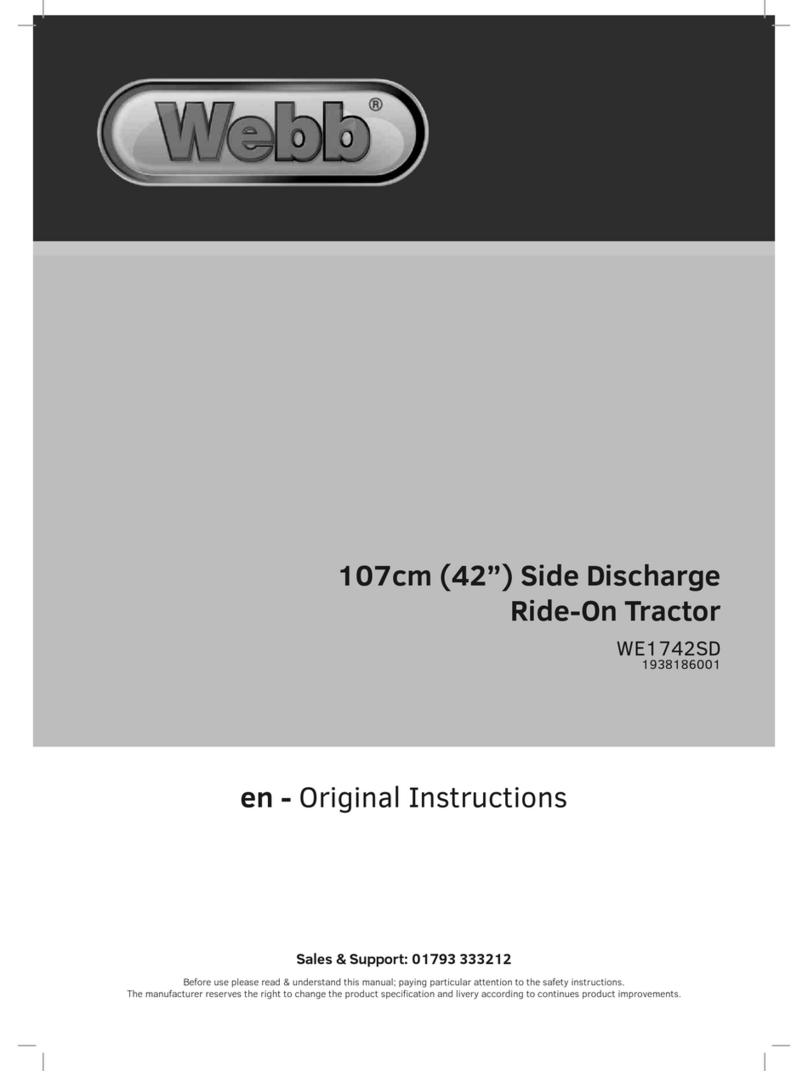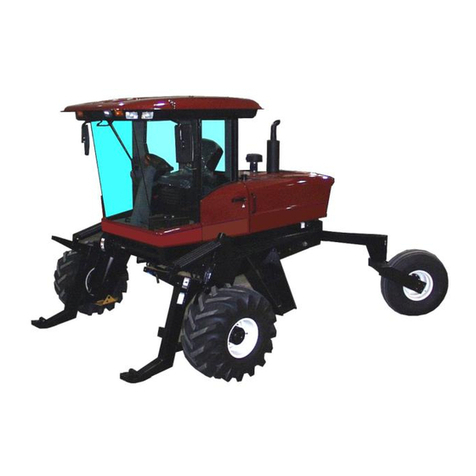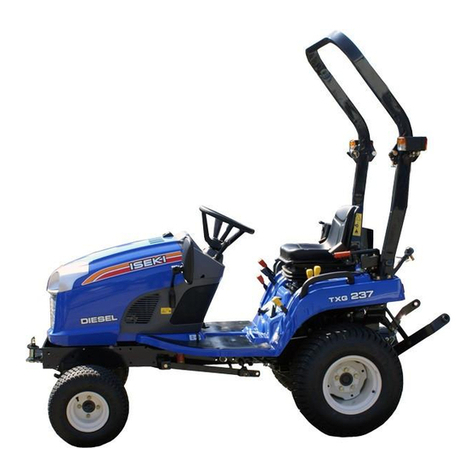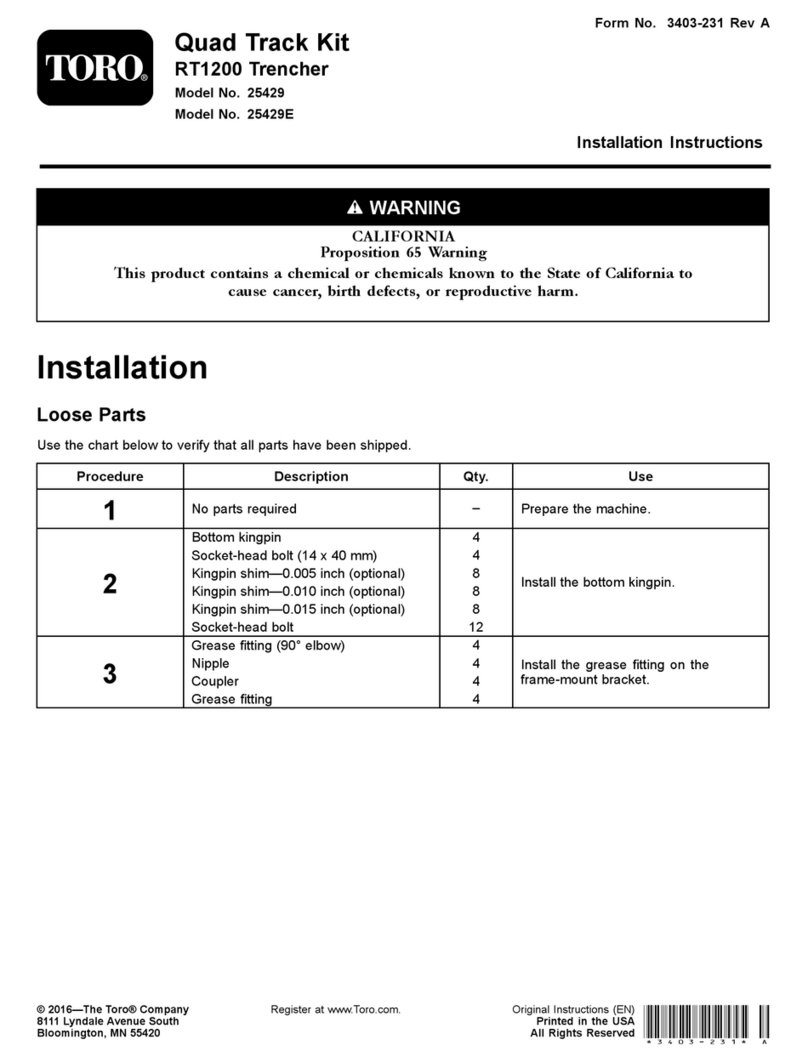
3
SECTION 14 -- LIVE P.T.O.
BOOK 1 - 87051241
Chapter 1 - Main Drive Gearbox
CONTENTS
Section Description Page
14.100 Removal of the main drive gearbox 2...............................................
Removal of shields and doors 2.................................................
Removal of p.t.o. shafts 4......................................................
Removal of the battery box 4....................................................
Removal of the fuel reservoir 5..................................................
Removal of the main drive belt assembly 9........................................
Removal of the hydraulic and the hydrostatic pump assembly 9......................
Removal of the main drive gearbox 11............................................
Replacing the rubber damper on the engine output shaft 13...........................
Splitting the main drive gearbox 14................................................
Disassembly and assembly of the components in the rear half of the gearbox 14.........
Disassembly and assembly of the front half of the gearbox 19.........................
Removal and disassembly of hydraulic clutch 19..................................
Removal and installation of the pressure hose 21.................................
Replacing clutch plates 22.....................................................
Replacing the seals in the clutch 23.............................................
Removal and installation of the clutch driven shaft 26..............................
Installation of the clutch into the gearbox half 27..................................
Connecting the two gearbox halves together 28.....................................
Installation of the main drive gearbox 30............................................
Installing the main drive gearbox 30............................................
Installation of the hydraulic and the hydrostatic pump assemblies 31................
Installation of the main drive belt assembly 32....................................
Installation of the fuel reservoir 33..............................................
Installing the battery box and the batteries 36.....................................
Installing the PTO shafts 36....................................................
Starting up the forage harvester 37.............................................
Find manuals at https://best-manuals.com

